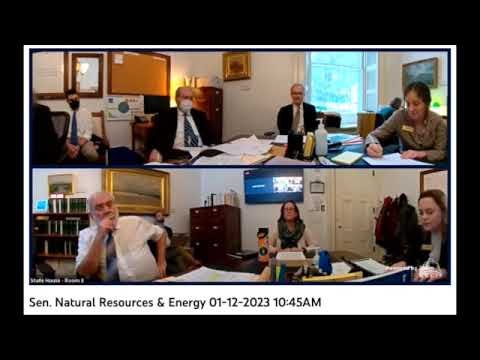Vermonters deserve to know what the Clean Heat Standard is, does, and will cost.
The members of the Senate Natural Resources and Energy Committee are tying themselves in intellectual knots over why they don’t need to investigate how much the Clean Heat Standard they’re prepared to put into law will cost Vermonters or how it will work. They are now buying hard into the old line, “we have to pass it to find out what’s in it.”
As Jared …
Keep reading with a 7-day free trial
Subscribe to Behind the Lines: Rob Roper on Vermont Politics to keep reading this post and get 7 days of free access to the full post archives.



